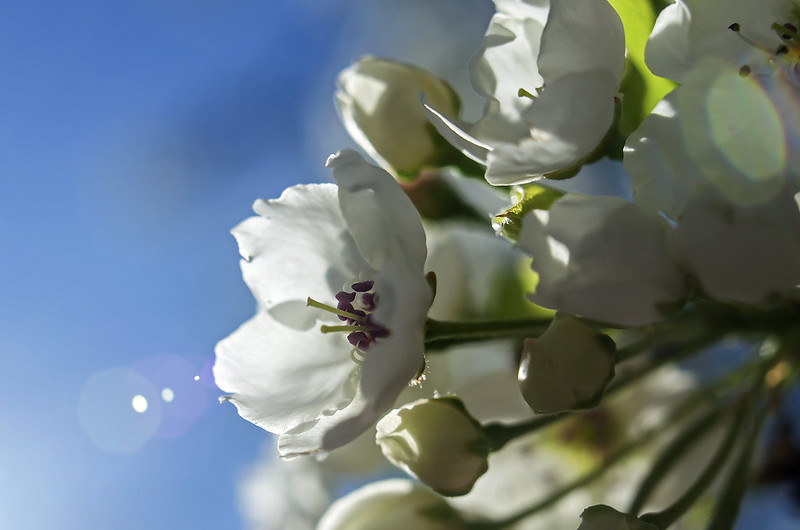
The effects of winter are quite evident on the dunes at Central Beach, part of the Indiana Dunes National Lakehsore. Waves washed away sand from the foot of the dunes, causing a collapse of the sand above, taking with it, large trees. These trees litter this area of the beach, some even reach from the dune to Lake Michigan.
The Michigan City pier located about a mile up the shore has created a starving beach situation on the beaches downwind of the pier. Wind and water carry away sand from the beach, but since the pier captures sand against it, the sand doesn't have a chance to replenish the beaches downwind.
Mt. Baldy is another example of a starving beach. The living dune there is moving about four feet a year inland, yet new sand is not replenishing the moving sand.
Emergency conditions are in play here - people are no longer allowed to walk on most of the dunes in the National Lakeshore. This is to prevent further erosion.
One look at the effects of winter on the dunes, and anyone can see the erosion is NOT due to foot traffic. As a matter of fact, any erosion due to foot traffic on these dunes has long washed away into Lake Michigan by mother nature.
Keeping visitors off of all of the dunes only encourages people to walk around the barricades, killing the Marram grass, creating wider and additional paths.
The National Lakeshore needs to assess what is really at fault, instead of closing area after area to foot traffic in the name of conservation. Mt. Baldy remains closed following the sinkhole that swallowed a visitor who wandered into a closed area of the dune. Efforts to determine why it happened and if it could happen again are moving at glacially slow speeds. Coincidence? I think not. It's a great excuse to keep visitors off of the newly planted Marram grass.

























